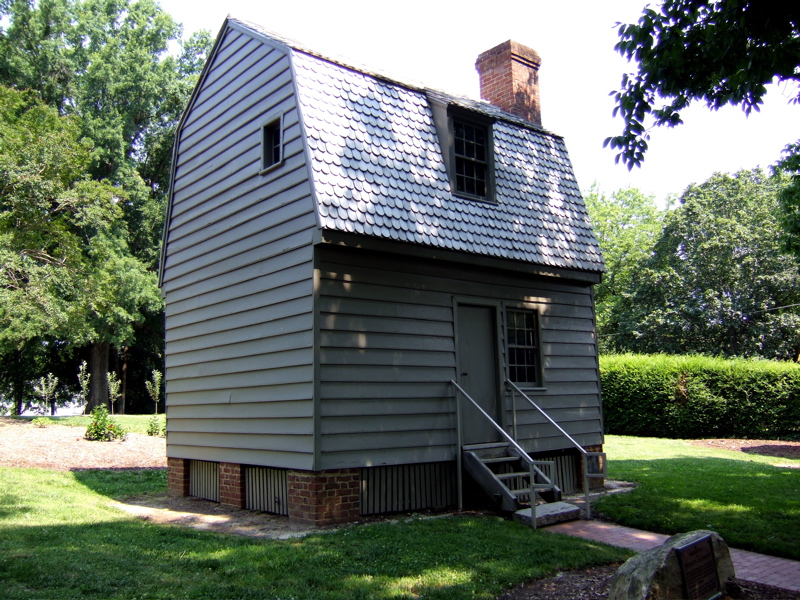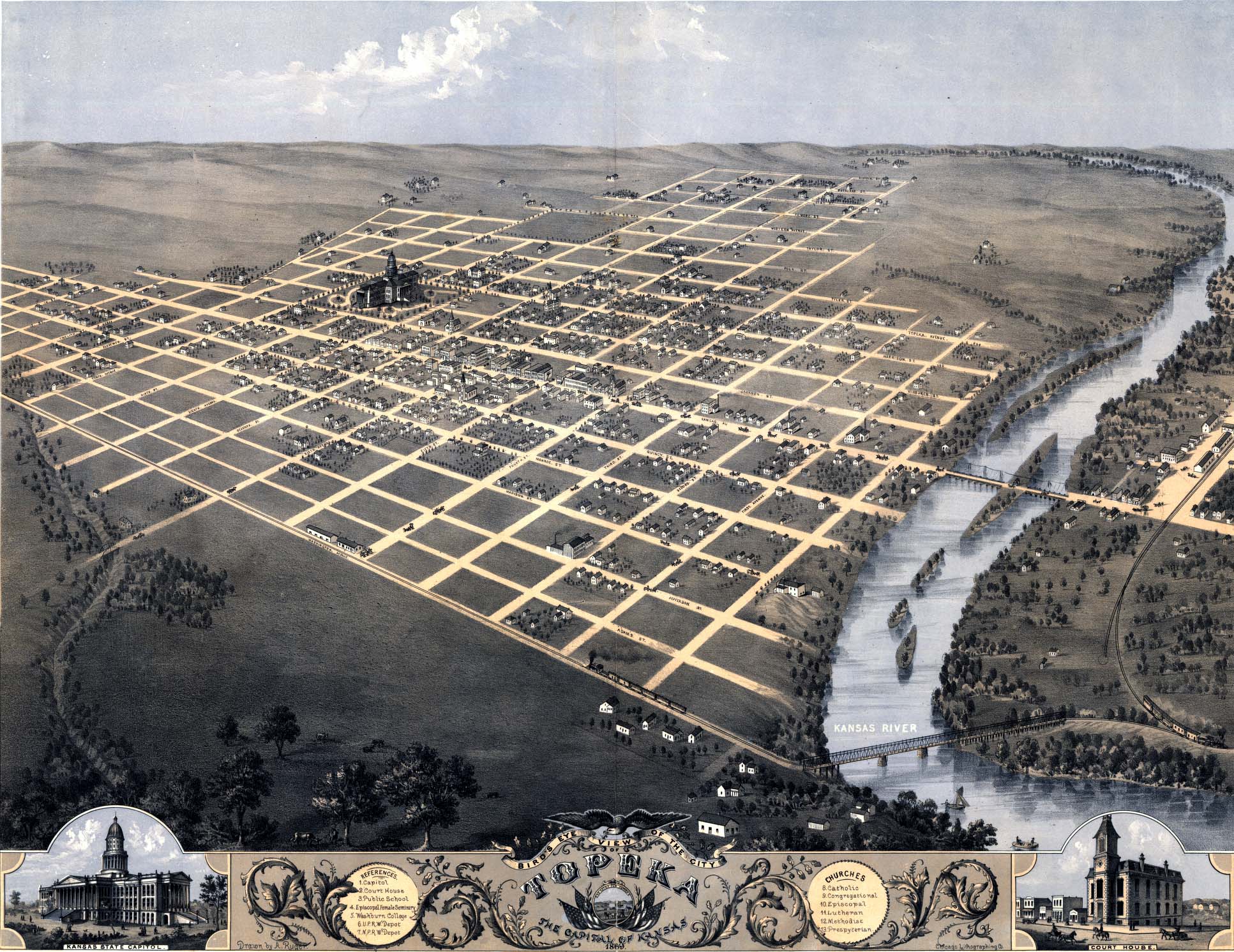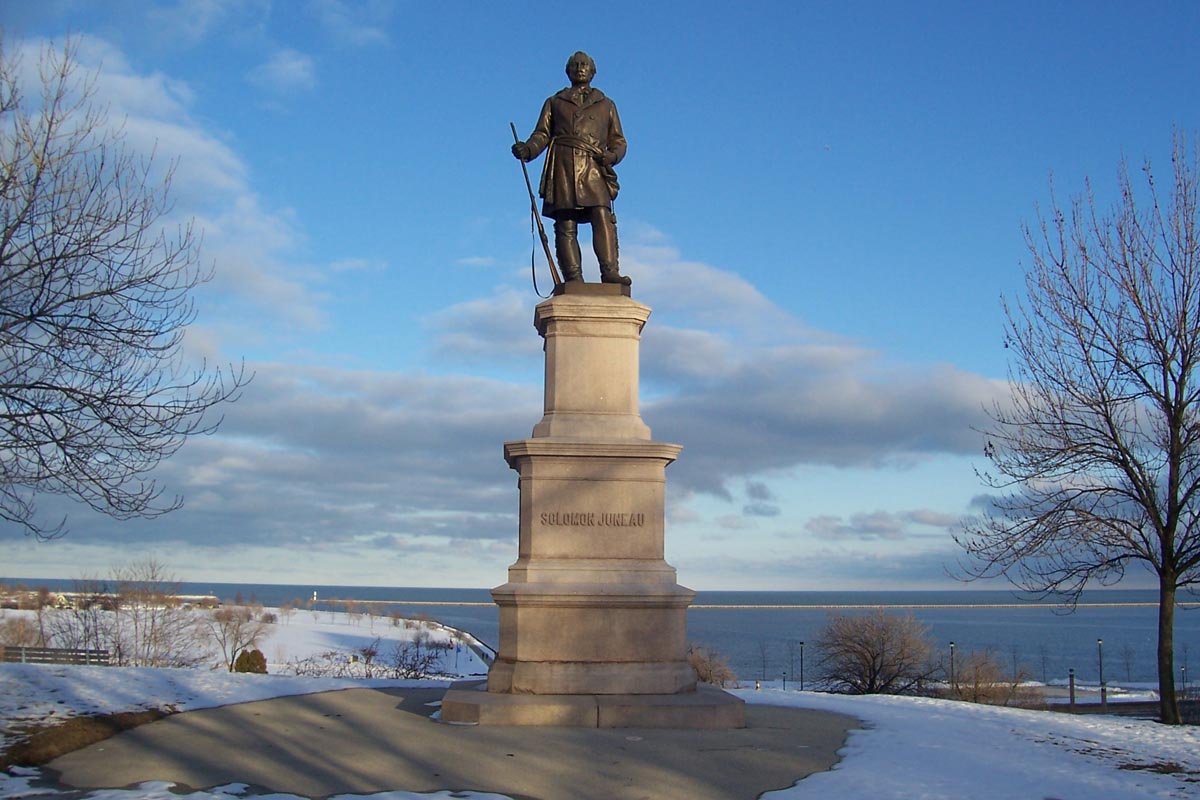|
Edmund G. Ross
Edmund Gibson Ross (December 7, 1826May 8, 1907) was an American politician who represented Kansas after the American Civil War and was later governor of the New Mexico Territory. His vote against convicting President Andrew Johnson of "high crimes and misdemeanors" allowed Johnson to stay in office by the margin of one vote. As the seventh of seven Republican U.S. Senators to break with his party, he proved to be the person whose decision would result in conviction or acquittal. When he chose the latter, the vote of 35–19 in favor of Johnson's conviction failed to reach the required two-thirds vote. Ross lost his bid for re-election two years later. Early life Ross was born in Ashland, Ohio, on December 7, 1826, the third of fourteen children born to Sylvester Ross Sr. and Cynthia (Rice) Ross. He was educated locally and at age 11 was apprenticed as a printer at the Huron, Ohio, ''Commercial Advertiser''. In 1841 he moved to Sandusky, Ohio, to join the staff of the ''Sandusky ... [...More Info...] [...Related Items...] OR: [Wikipedia] [Google] [Baidu] [Amazon] |
United States Senator
The United States Senate consists of 100 members, two from each of the 50 U.S. state, states. This list includes all senators serving in the 119th United States Congress. Party affiliation Independent Senators Angus King of Maine and Bernie Sanders of Vermont Senate Democratic Caucus, caucus with the Democratic Party. Leadership Presiding officers Majority leadership (Republican) Minority leadership (Democratic) List of senators See also * Seniority in the United States Senate * List of current members of the United States House of Representatives * List of members of the United States Congress by longevity of service * List of United States Senate committees * List of United States congressional joint committees * Religious affiliation in the United States Senate * Shadow congressperson Notes References {{US Order of Precedence 117th United States Congress, ** 21st-century United States government officials, Senate Lists of current office-holders ... [...More Info...] [...Related Items...] OR: [Wikipedia] [Google] [Baidu] [Amazon] |
Andrew Johnson
Andrew Johnson (December 29, 1808July 31, 1875) was the 17th president of the United States, serving from 1865 to 1869. The 16th vice president, he assumed the presidency following the assassination of Abraham Lincoln. Johnson was a Southern Democrat who ran with Lincoln on the National Union Party ticket in the 1864 presidential election, coming to office as the American Civil War concluded. Johnson favored quick restoration of the seceded states to the Union without protection for the newly freed people who were formerly enslaved, as well as pardoning ex-Confederates. This led to conflict with the Republican Party-dominated U.S. Congress, culminating in his impeachment by the House of Representatives in 1868. He was acquitted in the Senate by one vote. Johnson was born into poverty and never attended school. He was apprenticed as a tailor and worked in several frontier towns before settling in Greeneville, Tennessee, serving as an alderman and mayor before bei ... [...More Info...] [...Related Items...] OR: [Wikipedia] [Google] [Baidu] [Amazon] |
Battle Of Byram's Ford
The Battle of Byram's Ford (also known as the Battle of Big Blue River and the Battle of the Blue) was fought on October 22 and 23, 1864, in Missouri during Price's Raid, a campaign of the American Civil War. With the Confederate States of America collapsing, Major General (CSA), Major General Sterling Price of the Confederate States Army conducted an invasion of the state of Missouri in late 1864. Union Army, Union forces led Price to abandon goals of capturing the cities of St. Louis, Missouri, St. Louis and Jefferson City, Missouri, Jefferson City, and he turned west with his army towards Kansas City, Missouri, Kansas City. On October 22, Price's army found itself caught between two Union forces, commanded by Major Generals James G. Blunt and Alfred Pleasonton. Part of Price's force conducted a delaying action against Pleasonton in the Second Battle of Independence, while the division (military), division of Brigadier General (CSA), Brigadier General Joseph ... [...More Info...] [...Related Items...] OR: [Wikipedia] [Google] [Baidu] [Amazon] |
Second Battle Of Independence
The Second Battle of Independence was fought on October 22, 1864, near Independence, Missouri, as part of Price's Raid during the American Civil War. In late 1864, Major General Sterling Price of the Confederate States Army led a cavalry force into the state of Missouri, hoping to create a popular uprising against Union control, draw Union Army troops from more important areas, and influence the 1864 United States presidential election. Price was opposed by a combination of Union Army and Kansas State Militia forces positioned near Kansas City and led by Major General Samuel R. Curtis. Union cavalry under Major General Alfred Pleasonton followed Price from the east, working to catch up to the Confederates from the rear. While moving westwards along the Missouri River, Price's men made contact with Curtis's Union troops at the Little Blue River on October 21. After forcing the Union soldiers to retreat in the Battle of Little Blue River, the Confederates occupied the ... [...More Info...] [...Related Items...] OR: [Wikipedia] [Google] [Baidu] [Amazon] |
Battle Of Little Blue River
The Battle of Little Blue River was fought on October 21, 1864, as part of Price's Raid during the American Civil War. Major General (CSA), Major General Sterling Price of the Confederate States Army led an army into Missouri in September 1864 with hopes of challenging Union Army, Union control of the state. During the early stages of the campaign, Price abandoned his plan to capture St. Louis, Missouri, St. Louis and later his secondary target of Jefferson City, Missouri, Jefferson City. The Confederates then began moving westwards, brushing aside Major General (United States), Major General James G. Blunt's Union force in the Second Battle of Lexington on October 19. Two days later, Blunt left part of his command under the authority of Colonel (United States), Colonel Thomas Moonlight to hold the crossing of the Little Blue River (Missouri), Little Blue River, while the rest of his force fell back to Independence, Missouri, Independence. On the morning of October 21, Confed ... [...More Info...] [...Related Items...] OR: [Wikipedia] [Google] [Baidu] [Amazon] |
Captain (United States O-3)
Captain in the U.S. Army (), U.S. Marine Corps (USMC), U.S. Air Force (USAF), and U.S. Space Force (USSF) (abbreviated "CPT" in the and "Capt" in the USMC, USAF, and USSF) is a company-grade officer rank, with the pay grade of O-3. It ranks above first lieutenant and below major. It is equivalent to the rank of lieutenant in the Navy/Coast Guard officer rank system and is different from the higher Navy/Coast Guard rank of captain. The insignia for the rank consists of two silver bars, with slight stylized differences between the Army/Air Force version and the Marine Corps version. History The U.S. military inherited the rank of captain from its British Army forebears. In the British Army, the captain was designated as the appropriate rank for the commanding officer of infantry companies, artillery batteries, and cavalry troops, which were considered as equivalent-level units. Captains also served as staff officers in regimental and brigade headquarters and as aides ... [...More Info...] [...Related Items...] OR: [Wikipedia] [Google] [Baidu] [Amazon] |
Union (American Civil War)
The Union was the central government of the United States during the American Civil War. Its civilian and military forces resisted the Confederate State of America, Confederacy's attempt to Secession in the United States, secede following the 1860 United States presidential election, election of Abraham Lincoln as president of the United States. Presidency of Abraham Lincoln, Lincoln's administration asserted the permanency of the federal government of the United States, federal government and the continuity of the Constitution of the United States, United States Constitution. Nineteenth-century Americans commonly used the term Union to mean either the federal government of the United States or the unity of the states within the Federalism in the United States, federal constitutional framework. The Union can also refer to the people or territory of the states that remained loyal to the national government during the war. The loyal states are also known as the North, although fou ... [...More Info...] [...Related Items...] OR: [Wikipedia] [Google] [Baidu] [Amazon] |
Atchison, Topeka & Santa Fe Railway
The Atchison, Topeka and Santa Fe Railway , often referred to as the Santa Fe or AT&SF, was one of the largest Railroad classes, Class 1 railroads in the United States between 1859 and 1996. The Santa Fe was a pioneer in intermodal freight transport; at various times, it operated an airline, the short-lived Santa Fe Skyway, and the Santa Fe Railroad tugboats. Its bus line extended passenger transportation to areas not accessible by rail, and ferryboats on the San Francisco Bay allowed travelers to complete their westward journeys to the Pacific Ocean. The AT&SF was the subject of a popular song, Harry Warren and Johnny Mercer's "On the Atchison, Topeka and the Santa Fe", written for the film ''The Harvey Girls'' (1946). The railroad officially ceased independent operations on December 31, 1996, when it merged with the Burlington Northern Railroad to form the BNSF Railway, Burlington Northern and Santa Fe Railway. History Atchison, Topeka & Santa Fe Railway The railroad was ch ... [...More Info...] [...Related Items...] OR: [Wikipedia] [Google] [Baidu] [Amazon] |
Topeka, Kansas
Topeka ( ) is the capital city of the U.S. state of Kansas and the county seat of Shawnee County. It is along the Kansas River in the central part of Shawnee County, in northeastern Kansas, in the Central United States. As of the 2020 census, the population of the city was 126,587. The city, laid out in 1854, was one of the Free-State towns founded by Eastern antislavery men immediately after the passage of the Kansas–Nebraska Bill. In 1857, Topeka was chartered as a city. The city is well known for the landmark U.S. Supreme Court case '' Brown v. Board of Education of Topeka'', which overturned '' Plessy v. Ferguson'' and declared racial segregation in public schools to be unconstitutional. History Name The name "Topeka" is a Kansa-Osage word that means "place where we dig potatoes", or "a good place to dig potatoes". As a placename, Topeka was first recorded in 1826 as the Kansa name for what is now called the Kansas River. Topeka's founders chose the name in 18 ... [...More Info...] [...Related Items...] OR: [Wikipedia] [Google] [Baidu] [Amazon] |
Milwaukee, Wisconsin
Milwaukee is the List of cities in Wisconsin, most populous city in the U.S. state of Wisconsin. Located on the western shore of Lake Michigan, it is the List of United States cities by population, 31st-most populous city in the United States and the fifth-most populous city in the Midwest with a population of 577,222 at the 2020 United States census, 2020 census. It is the county seat of Milwaukee County, Wisconsin, Milwaukee County. The Milwaukee metropolitan area is the Metropolitan statistical area, 40th-most populous metropolitan area in the U.S. with 1.57 million residents. Founded in the early 19th century and incorporated in 1846, Milwaukee grew rapidly due to its location as a port city. History of Milwaukee, Its history was heavily influenced by German immigrants and it continues to be a Germans in Milwaukee, center for German-American culture, specifically known for Beer in Milwaukee, its brewing industry. The city developed as an industrial powerhouse during the 19t ... [...More Info...] [...Related Items...] OR: [Wikipedia] [Google] [Baidu] [Amazon] |
Google Books
Google Books (previously known as Google Book Search, Google Print, and by its code-name Project Ocean) is a service from Google that searches the full text of books and magazines that Google has scanned, converted to text using optical character recognition (OCR), and stored in its digital database.The basic Google book link is found at: https://books.google.com/ . The "advanced" interface allowing more specific searches is found at: https://books.google.com/advanced_book_search Books are provided either by publishers and authors through the Google Books Partner Program, or by Google's library partners through the Library Project. Additionally, Google has partnered with a number of magazine publishers to digitize their archives. The Publisher Program was first known as Google Print when it was introduced at the Frankfurt Book Fair in October 2004. The Google Books Library Project, which scans works in the collections of library partners and adds them to the digital inventory, ... [...More Info...] [...Related Items...] OR: [Wikipedia] [Google] [Baidu] [Amazon] |








